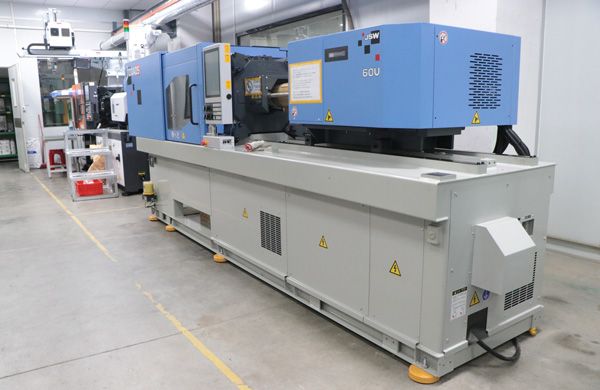In the field of plastic injection molding processing, the occurrence of bubbles in products is a problem that cannot be ignored, as it directly affects the appearance quality and mechanical properties of the products. So, what are the reasons for the bubbles in plastic injection molded products? This article will delve into this issue from two aspects.
Bubbles Caused by the Presence of Moisture
Cause Analysis: The dryness of plastic materials is one of the key factors leading to bubbles. If the plastic materials are not sufficiently dried, hydrolysis may occur, resulting in bubbles during the injection process.
Solution: To ensure the dryness of plastic materials, pre-drying should be carried out thoroughly, and attention should be paid to the temperature control of the hopper to prevent moisture intrusion, thereby effectively avoiding the generation of bubbles.
The Occurrence and Causes of Vacuum Bubbles
Vacuum bubbles are another common type of bubbles in plastic injection molded products. The main reasons for their occurrence are as follows:
Rapid freezing of material flow in thick-walled sections: During the injection process, if the material flow in thick-walled sections freezes rapidly, shrinkage will be hindered, and the mold will not be fully filled, resulting in partial vacuum bubbles.
Improper setting of injection mold temperature: The mold temperature directly affects the flowability and cooling rate of plastic materials. Improper settings can lead to the generation of vacuum bubbles.
Inappropriate barrel temperature: The barrel temperature also affects the melting and injection quality of plastic materials. An inappropriate temperature can trigger vacuum bubbles.
Insufficient injection pressure and holding pressure: Injection pressure and holding pressure are important factors in ensuring that plastic materials fully fill the mold. Insufficient pressure can lead to the generation of vacuum bubbles.

Solution Strategies:
Optimize plastic product design: Avoid designing structures with uneven wall thickness to reduce the likelihood of rapid freezing of material flow in thick-walled sections.
Adjust the gate position: Ensure that the material flows vertically into the thick-walled sections to improve the mold filling condition.
Increase the plastic injection mold temperature: Appropriately increase the mold temperature to enhance the flowability and uniform cooling of plastic materials.
Lower the barrel temperature: Adjust the barrel temperature reasonably according to the characteristics of the plastic materials to ensure the melting quality.
Increase the injection pressure and holding pressure: Ensure that the plastic materials can fully fill the mold during the injection process, reducing the generation of vacuum bubbles.
In summary, the reasons for bubbles in plastic injection molded products mainly include bubbles caused by the presence of moisture and vacuum bubbles. By deeply analyzing their causes and adopting corresponding solutions, the generation of bubbles can be effectively avoided, improving the quality of plastic injection molded products.